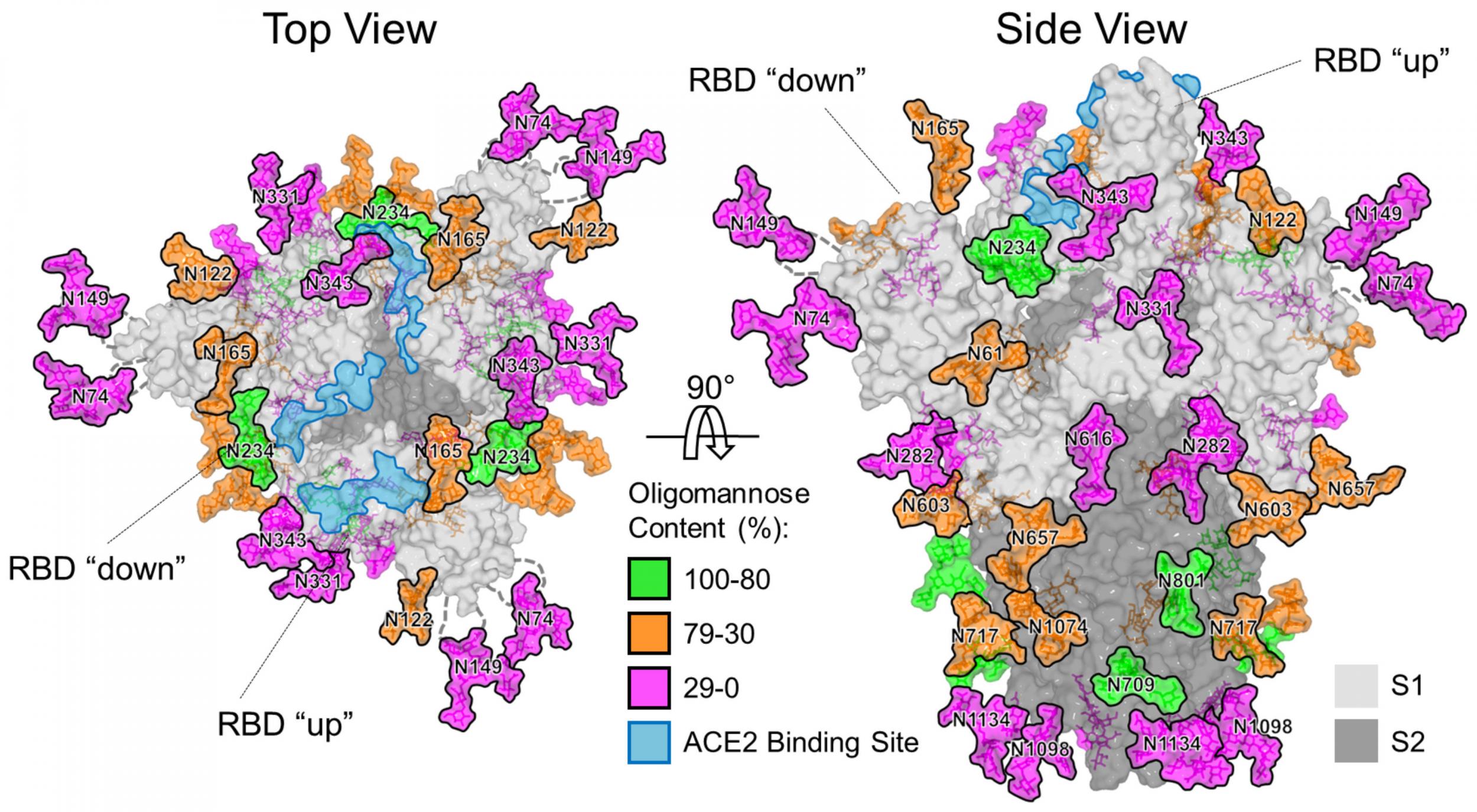‘Wolf in sheep’s clothing’: Scientists discover how coronavirus tricks its way into body
Research offers new hope for vaccine

Your support helps us to tell the story
From reproductive rights to climate change to Big Tech, The Independent is on the ground when the story is developing. Whether it's investigating the financials of Elon Musk's pro-Trump PAC or producing our latest documentary, 'The A Word', which shines a light on the American women fighting for reproductive rights, we know how important it is to parse out the facts from the messaging.
At such a critical moment in US history, we need reporters on the ground. Your donation allows us to keep sending journalists to speak to both sides of the story.
The Independent is trusted by Americans across the entire political spectrum. And unlike many other quality news outlets, we choose not to lock Americans out of our reporting and analysis with paywalls. We believe quality journalism should be available to everyone, paid for by those who can afford it.
Your support makes all the difference.The coronavirus tricks its way into the human body like a “wolf in sheep’s clothing” by disguising itself in sugars, new research has suggested.
Scientists at the University of Southampton found that the Sars-CoV-2 virus enters human cells undetected because it shields itself with sugars known as glycans.
But the coronavirus is less well protected by glycans than other viruses, such as HIV, which the research team hope could offer “crucial and encouraging” information to scientists attempting to create a vaccine.
Professor Max Crispin, who led the research, explained that the virus uses spikes covered in glycans to attach itself to human cells before entering them.
This coating enables the coronavirus to hide its viral proteins from the body’s immune system.
Prof Crispin said: “By coating themselves in sugars, viruses are like a wolf in sheep’s clothing.
“But one of the key findings of our study is that despite how many sugars there are, this coronavirus is not as highly shielded as some other viruses.”
He added that viruses like HIV evade the immune system through “a really dense coat of glycans”, while the coronavirus has less shielding.
Prof Crispin said this might be because it was a “hit and run” virus, meaning it moves quickly from one person to another.
As a result of this lower glycan density, the immune system has to overcome fewer obstacles to overcome the virus.
This is positive news for researchers who are attempting to find a vaccine.
The University of Southampton’s research used equipment previously given by a grant from the Bill and Melinda Gates Foundation through the Collaboration for AIDS Vaccine Discovery.
Additional reporting from PA
Join our commenting forum
Join thought-provoking conversations, follow other Independent readers and see their replies
Comments